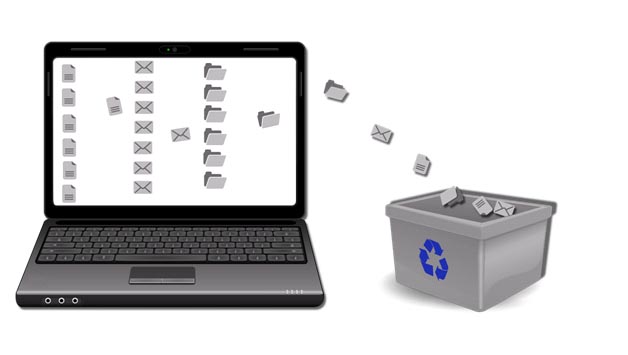
Efficient file transfer is critical in unified communications, impacting productivity and collaboration. Understanding the best practices ensures smooth operations and minimizes disruptions. This article explores key strategies for seamless file transfer within unified communication systems.
In today's fast-paced digital landscape, efficient file transfer is a cornerstone of effective unified communications. As organizations increasingly rely on digital communication tools, understanding the nuances of file transfer can significantly enhance efficiency and collaboration. This guide delves into essential practices to streamline your file transfer processes and ensure optimal performance.
Understanding the Importance of Seamless File Transfer
Seamless file transfer in unified communications is crucial for maintaining workflow continuity and avoiding operational bottlenecks. One tool that facilitates efficient file transfers is Filemail, which underscores the need for robust solutions.
Ensuring that your communication systems can handle large files without compromising speed or security is paramount. Moreover, implementing user-friendly interfaces can reduce the learning curve for team members, promoting faster adoption and fewer errors.
Key Strategies for Optimizing File Transfer
Several strategies can help optimize your file transfer processes within unified communications systems. First, always prioritize using reliable protocols such as SFTP or FTPS to ensure secure transfers. Additionally, Filemail can help identify potential bottlenecks and streamline operations effectively.
Regularly updating your software and hardware infrastructure is also essential to accommodate growing data needs and prevent vulnerabilities. Lastly, consider integrating automated solutions to handle repetitive tasks, freeing up valuable time for more critical activities.
Ensuring Security and Compliance
Security remains a top concern when transferring files within unified communications platforms. It is vital to implement encryption protocols to protect sensitive data during transit. Regularly updating security measures and conducting audits can help identify potential threats before they become significant issues.
Furthermore, compliance with industry standards such as GDPR or HIPAA is essential to avoid legal complications and maintain trust with clients and stakeholders. Investing in robust security solutions can save your organization from costly breaches and reputational damage.
The Role of Training and Support
No matter how advanced your file transfer systems are, they are only as effective as the users operating them. Providing comprehensive training programs ensures that all team members understand how to utilize these tools efficiently.
Additionally, establishing a responsive support system can address any issues quickly, minimizing downtime and frustration. Encouraging a culture of continuous learning and improvement will keep your organization adaptable and resilient in the face of evolving technological challenges.
